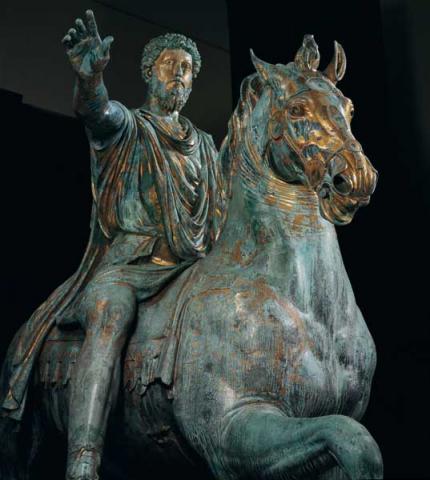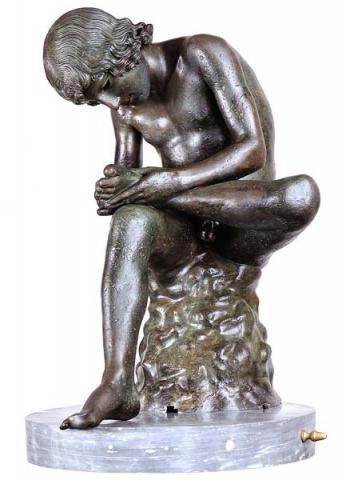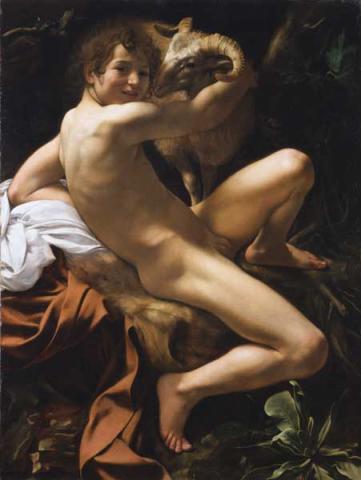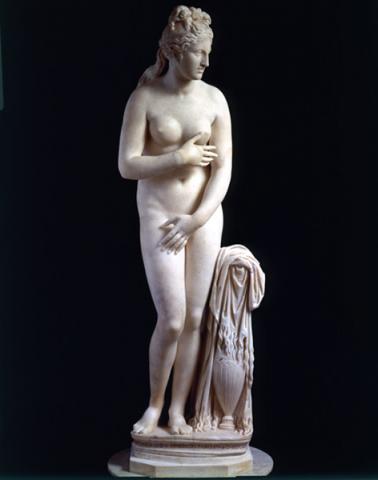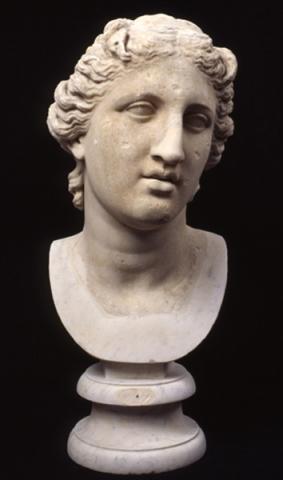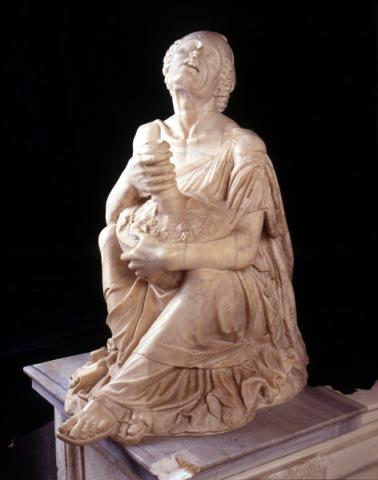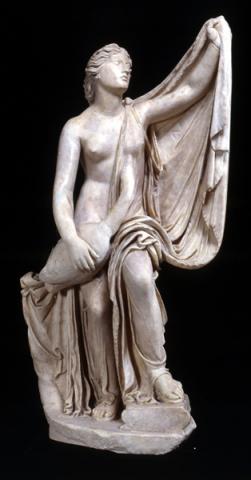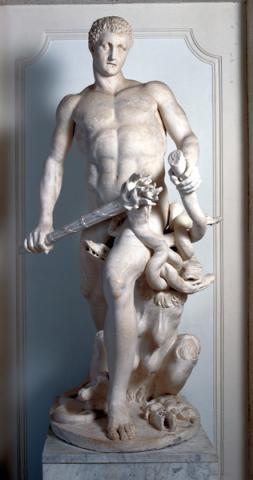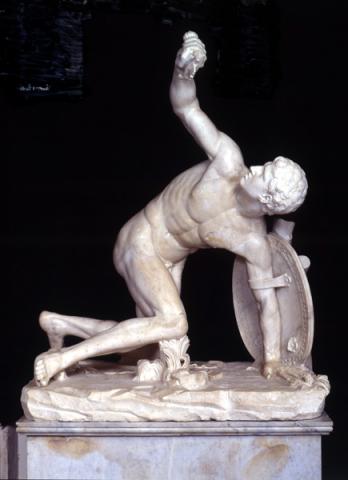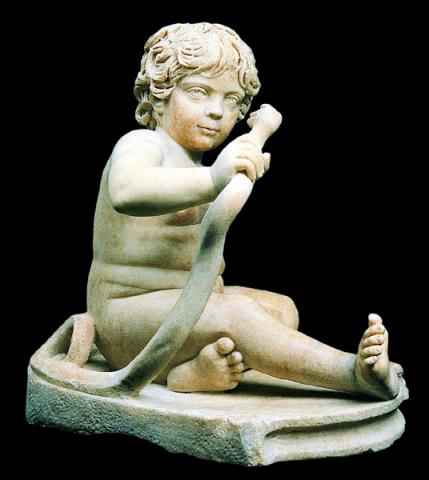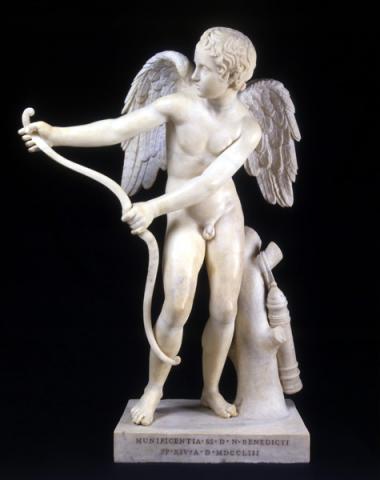Gallery
The two sides of the Gallery are lined with a row of sculptures of various types from different periods arranged according to strictly ornamental criteria.
Many statues are Roman copies of original Greek masterpieces, now lost. Modern restoration has, in some cases, greatly altered the original iconography.
Hundreds of small inscriptions, mainly from the Empress Livia's colombarium of slaves and freedmen on the Via Appia, have been inserted in the walls.
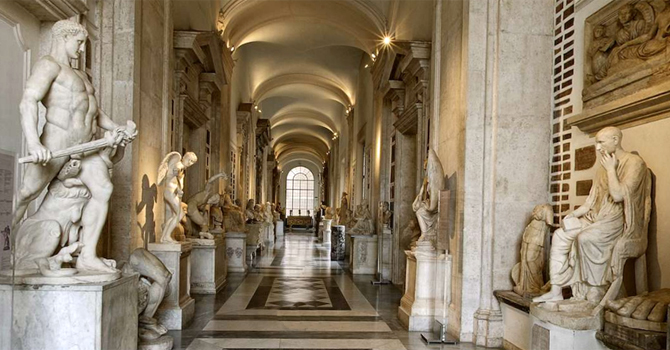
More than 100 sculptures are on display at the gallery: they are different in character, size, and location. Sculptures of gods and figures from ancient mythology, works of art of extraordinary formal polish and decorative objects collected with an antiquarian taste, offer a unique overview of figurative art, handed down to us from antiquity.
The arrangement of the works follows the one curated, with great erudition, by the Marquis Alessandro Capponi and commissioned by Pope Clement XII, which led to the opening of the Museum in 1734.
Among the most important works worthy of mention are:
- the calyx krater coming from the tomb of Cecilia Metella, decorated with a plant motif, standing on a puteal decorated in relief with figures of the twelve gods;
- the splendid figure of Leda and the swan, a sculpture adaptation of the mythological theme that saw Zeus transformed into a swan to win the love of Leda and from this union were born Helen of Troy and the divine twins Castor and Pollux;
- the drunk woman, portrays realistically an old woman clutching against herself her jar of wine, probably a copy of a Greek original from the third century BC;
- Hercules and the Hydra: sculpture, found in St. Agnes Outside the Walls, and largely restored by Alessandro Algardi (1602-1654), copy of a Greek original attributed to Lysippos of the fourth century BC. The piece of a leg on display, probably ancient and found in the same place, was initially used for the restoration of the sculpture, but later it was replaced by a Baroque composition;
- Eros Stringing the Bow, the figure is off-balance, Roman copy after a Greek original by Lysippos (4th century BC);
- the magnificent monumental sarcophagus with scenes of Amazonomachy of the second century AD, surmounted by a head of Dionysus;
- Young boy portrayed as Hercules choking the snakes, which may also represent the young Annius Verus;
- The wounded warrior, restored by Monnot (1658-1733) as a part of the Dying Gaul, using an antique Torso of Discobolus after Myron's model.
The funerary inscriptions are from the columbarium of the servants of Livia Augusta, found in 1726 on the Via Appia: the list of the one hundred trades are of great interest for the imperial way of life.


























